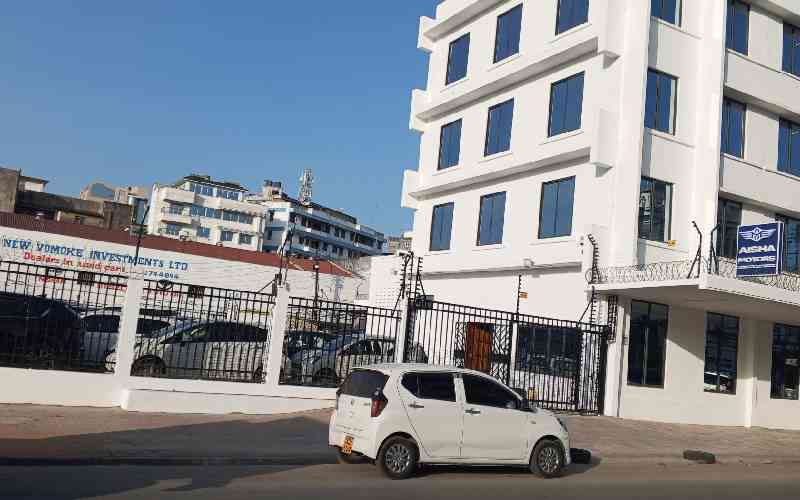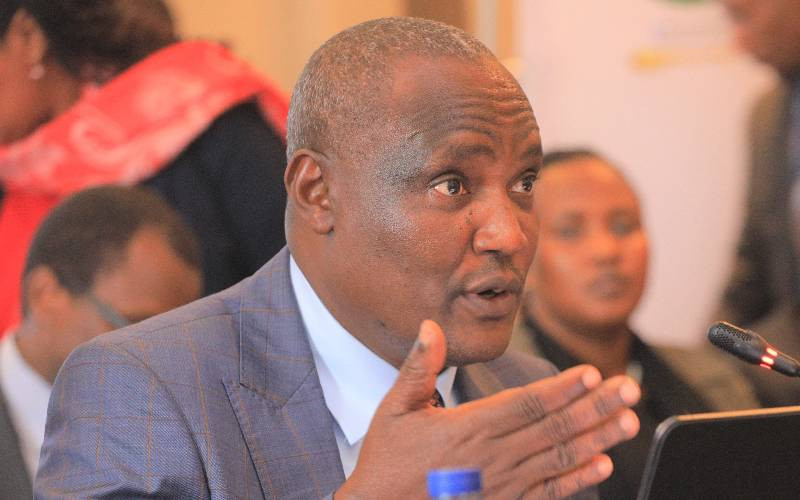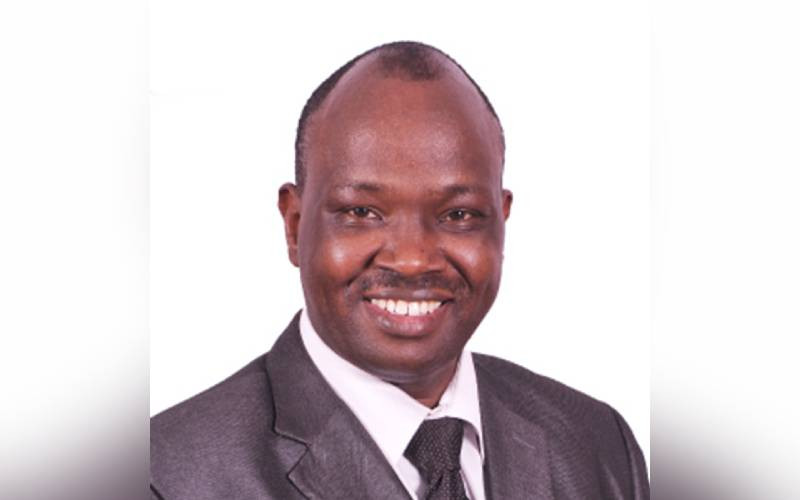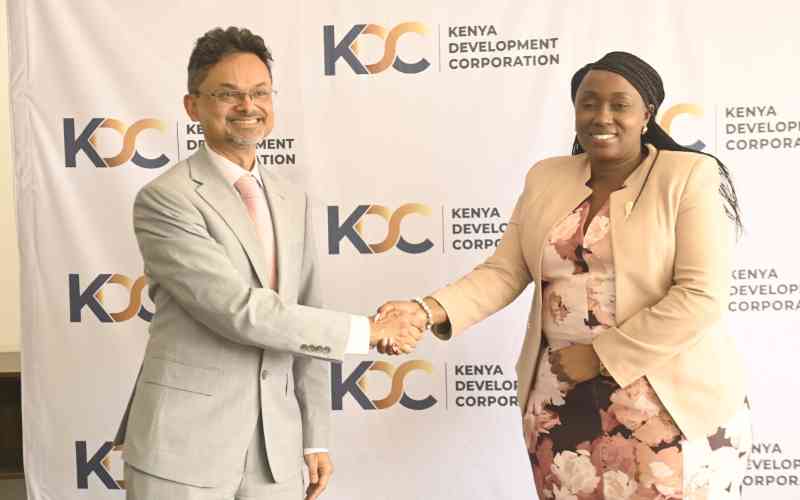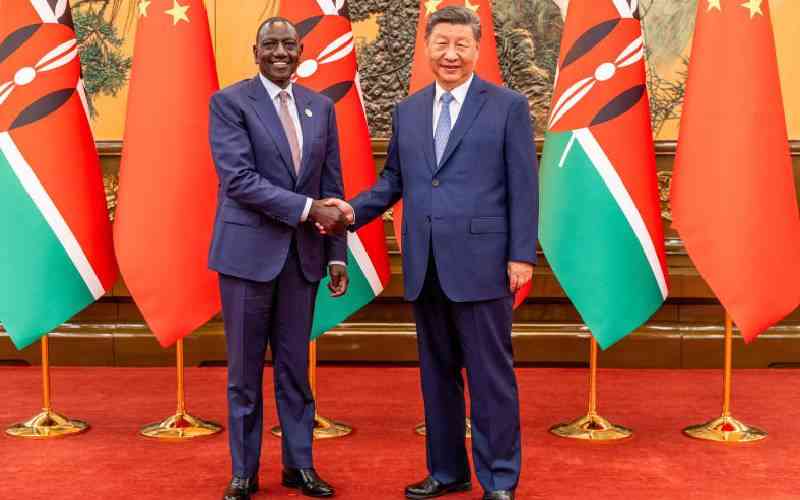×
The Standard e-Paper
Join Thousands Daily

It cannot be gainsaid that COVID-19 is perhaps the most disruptive experience of our time. The effects of the pandemic at global and national levels have illustrated the many ways in which we are all connected.
It has also revealed the many ways in which we are unequal.

